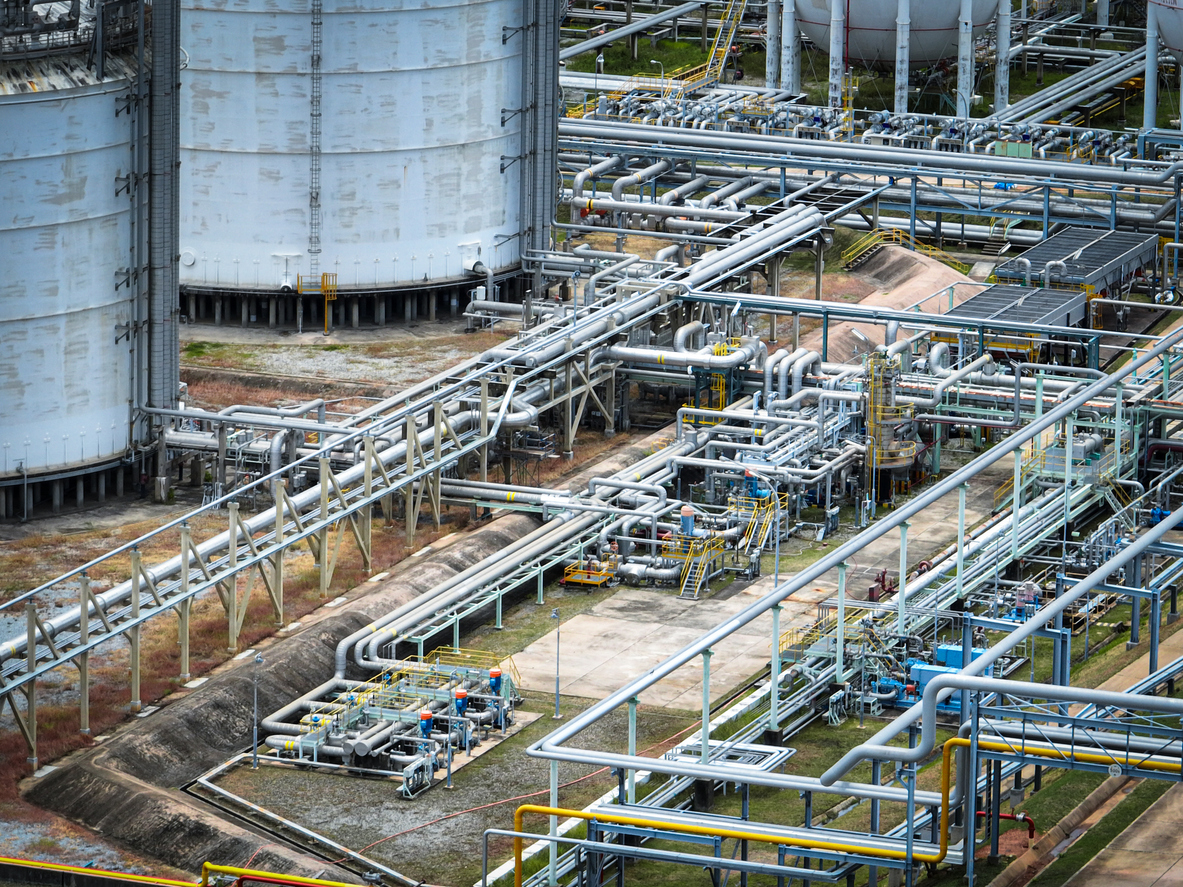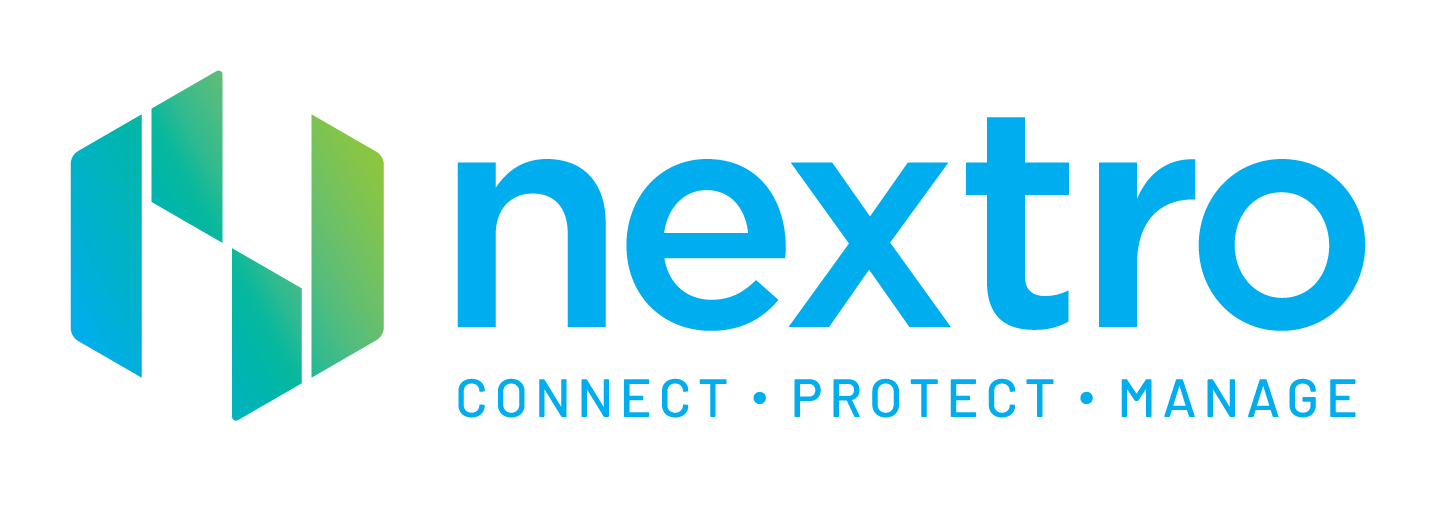Building Geopolitical Resilience in Times of Uncertainty
11 November 2025 | Nextro Analysis
The world is entering a period of sustained uncertainty. From shifting alliances and regional tensions to supply-chain constraints and cyber warfare, the boundaries between geopolitics and business risk have blurred. As ASIS International highlights in its latest article, Geopolitical Resilience in Times of Uncertainty, resilience now depends on how well organisations anticipate and adapt to these forces.
For New Zealand businesses and Nextro clients, especially those managing critical infrastructure, strategic manufacturing, or strategic logistics, this shift is more than academic. It affects how we design cyber, physical, and electronic security systems, plan for business continuity, and protect our New Zealand’s capabilities.

Understanding Geopolitical Resilience
Geopolitical resilience is described as the outermost layer of resilience. It moves beyond conventional risk management by looking at the underlying political, economic, social, and technological conditions that shape disruption.
Rather than reacting to crises, resilient organisations build the capacity to forecast, absorb, adapt, and recover. They treat resilience as a system-wide discipline that unites business strategy, operations, and security under a shared understanding of risk.
At its core, this approach encourages convergence. That is, the breaking down of silos between physical security, IT, and cybersecurity so that organisations can see the full picture of risk and opportunity.
The New Vectors of Risk
The article identifies four major forces reshaping organisational risk today (all of which are relevant to New Zealand businesses):
- Economic and regulatory exposure
Trade restrictions, tariffs, and regulatory shifts can quickly alter how and where organisations operate. Protectionism, energy security, and data sovereignty now carry real business implications.
- Supply chain vulnerability
Global supply networks are increasingly politicised. A single choke-point (such as a disrupted maritime route or a restricted technology export) can cascade across multiple industries. Building supply-chain resilience means diversifying sources, auditing dependencies, and modelling geopolitical scenarios.
- Cyber and information threats
Cybersecurity cannot be viewed in isolation. Geopolitical tensions often shape the motives, funding, and tools of threat actors. State-sponsored campaigns and disinformation efforts highlight the need for security strategies that combine digital, operational, and human intelligence. New Zealand businesses and critical infrastructure are not immune.
- Socioeconomic pressure and public perception
Inflation, social unrest, and disinformation all feed into risk landscapes. Understanding how these forces interact helps organisations prepare for reputational and operational impacts alike.
Breaking Silos and Seeing Opportunity
Building geopolitical resilience is not just about risk mitigation—it’s about readiness and agility. The article calls for an integrated mindset: connecting business leadership, operational security, and technology teams so that decisions are informed by a shared awareness of the wider environment.
This shift transforms security from a reactive function into a proactive enabler of strategy. It helps identify opportunities, such as diversifying markets, relocating supply chains, or investing in technologies that strengthen autonomy and reliability.
At Nextro, we see this alignment every day in our work with organisations that manage critical infrastructure, complex IT networks, and converged security environments. Resilience means more than protecting assets. It is about ensuring continuity of service and trust when global systems are under stress.
What This Means for New Zealand
For local businesses and agencies, geopolitical resilience demands new thinking. It’s about embedding foresight into planning, using data to monitor emerging risks, and ensuring that physical and digital systems are designed to adapt.
Key questions to ask:
- Are your supply chains prepared for political or regulatory disruption?
- Does your cybersecurity posture account for state-sponsored threats?
- Does your physical security posture account for multi-dimensional attack vectors?
- Do your business, IT, and security teams share a unified risk language?
- Have you considered how global tensions could create opportunities to strengthen your position?
Nextro’s Perspective
At Nextro, we help bridge business strategy and security strategy. Our approach integrates physical security, IT networking, and cybersecurity into a unified resilience framework, helping clients adapt to a world where uncertainty is the new constant.


Resilience isn’t about standing still in the storm. It’s about knowing which way the wind is blowing, and designing systems that can adjust, absorb, and continue to perform.
Read the full article: ASIS International – Geopolitical Resilience in Times of Uncertainty
Please contact Nextro today to discuss how we can help your business.
